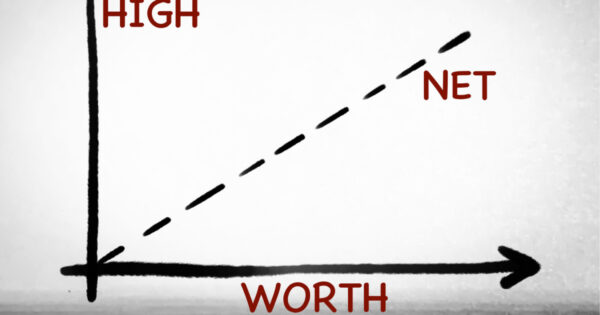Oops, ASIC takes 14 years to identify fees error

The Australian Securities and Investments Commission (ASIC) has admitted it took close to 14 years before it identified an error in the way it calculated review fees.
The regulator has confirmed to the Senate Economics Legislation Committee that amendments introduced to the Parliament – the Corporations (Review Fees) Amendment (2025 Measures No.1) Regulations 2025 – are a result of the error it discovered in September, last year.
In that time, ASIC identified impacts on fees:
(a) Paid by 1.56 million current registered entities.
(b) Invoiced to a further 440,000 entities which remain unpaid.
(c) Paid by, and unpaid invoices issued to, 795,000 entities that are now deregistered
According to ASIC, the problem began in 2011 when the Corporations (Review Fees) Amendment Regulations 2011 (No. 1) amended the Review Fees Regulations to increase the base rate for a subset of the review fees and continue the annual indexation of those fees using the increased base rate.
“The purpose of these amendments was to offset increased appropriations in the Commonwealth Budget 2011-12 to the Australian Accounting Standards Board and the Auditing and Assurance Standards Board,” ASIC said.
“However, the 2011 amendment incorrectly and inadvertently was worded to re-set all review fees from the amended date of 1 July 2011, not just the increased fees. The drafting of the amendment meant that the fees which did not have an increased base rate were worded in effect to re-set to their 2009 base rates and indexation previously applied to those fees on 1 July 2010 was incorrectly erased. This was not the intended policy outcome of indexation or the amendments.”
“This inconsistency with the intended policy outcome was technical in nature, not immediately obvious and was not identified at the time the amendments were made. Accordingly, ASIC continued to apply indexation in line with its understanding of the changes and in line with the intended policy outcome,” it said.
“ASIC identified the error in September 2024 as part of an unrelated review of the operation of Schedule 1 of the Review Fees Regulations.”
ASIC then reassured the Senate Committee that the resultant discrepancies had been comparatively minor.
“If the fee calculations had strictly followed the 2011 amendments rather than continuing indexation, the result is a total difference of $68,096,532 for the period 1 July 2011 to 11 March 2025. Of this difference, ASIC has collected $50,720,850. The remaining $17,375,591 has been invoiced and remains unpaid.”
“The difference in fees charged per entity ranges between $4 and $578 over the 14 year period from 1 July 2011 to 11 March 2025. For over 70% of the entities involved, the difference in fees was less than $22,” ASIC said.











And if an Adviser gets a renewal fee wrong by a technicality = ASIC crucifixion.
Fine them $32,000 for the admin error
That’ll be $31,300 thanks.
Hypocrites.
Joke of an institution.
If these were Fee renewals(FDS/FCF) then ASIC would be coming down hard. Fee refunds, breach reporting, etc etc. Obviously advisers cannot make any mistake but ASIC get to just shrug things off (again). The Teflon regulator.
Yet ASIC wrote press releases and ordered advisers to write letters to clients about mere spelling mistakes in “defective fee disclosure statements”.
Ban them